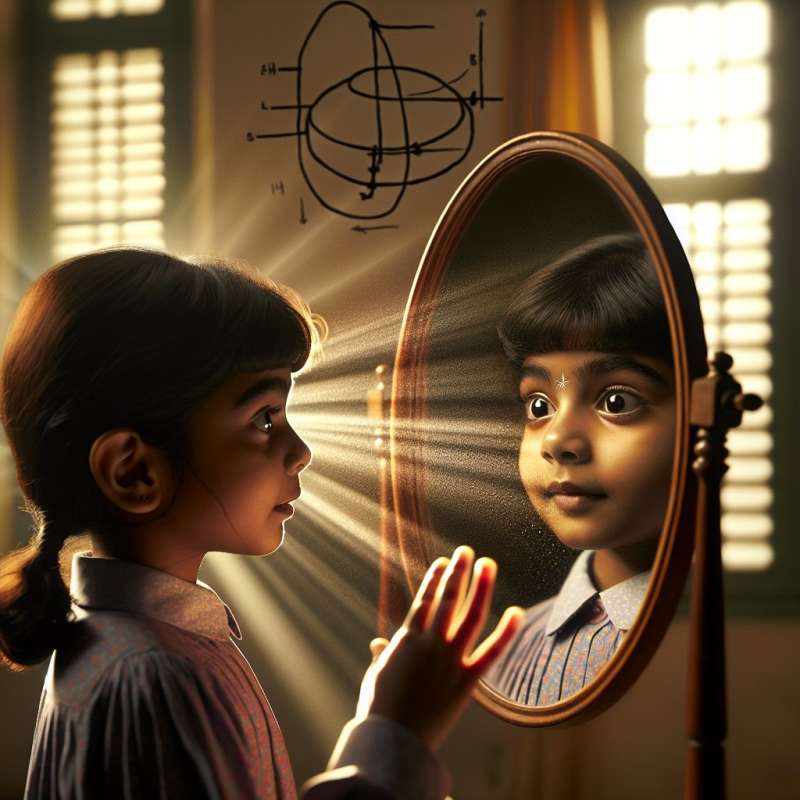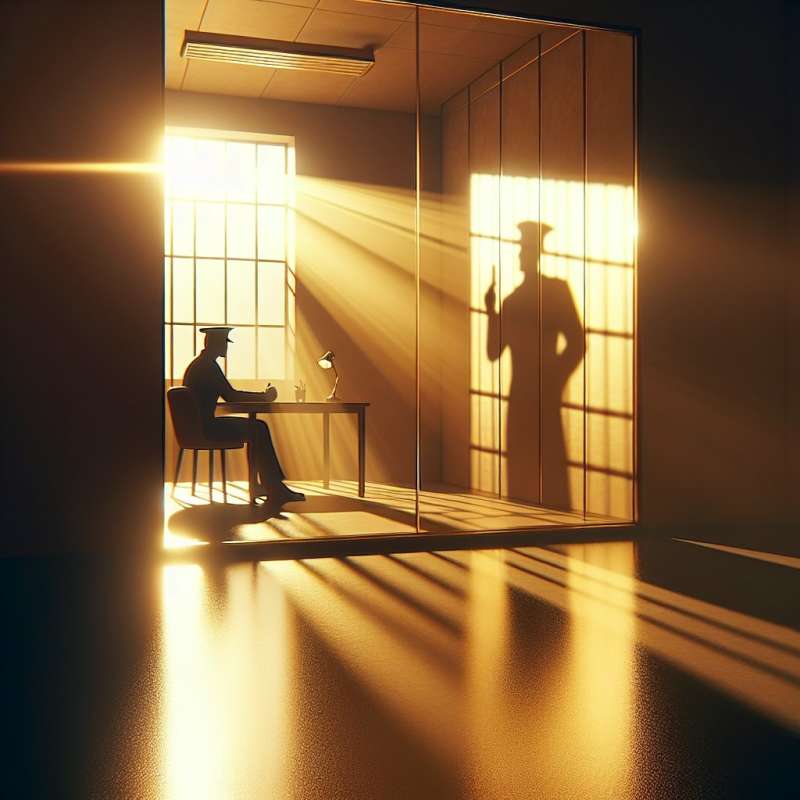
Introduction to Mirrors
Mirrors, typically made from glass with a metallic coating, reflect light to produce clear images. Their function is pivotal in various fields, from daily grooming rituals to complex scientific instruments.
Ancient Mirrors History
The earliest mirrors were not glass but polished stone, metal, and even obsidian, used by different ancient civilizations for both practical purposes and mystical significance.
Physics of Reflection
Mirrors work on the principle of light reflection, adhering to the law of reflection where the angle of incidence equals the angle of reflection, creating an identical but reversed image.
Curved Mirrors Usage
Unlike flat mirrors, curved mirrors manipulate the reflection. Concave mirrors can focus light, useful in telescopes. Convex mirrors, diverging light, enhance field of vision in vehicles.
One-Way Mirror Mystery
One-way mirrors or 'two-way' glass, often seen in interrogation rooms, have a reflective coating on one side but are transparent on the other, depending on the light's intensity.
Quantum Mirror Phenomena
In the quantum world, mirrors can affect photon behavior. The famous 'quantum mirror' experiment illustrates how observation can collapse superpositions, fundamentally altering how particles like photons behave.
Mirrors in Cultural Beliefs
Mirrors hold a place in many cultural beliefs and superstitions. For instance, some cultures believe breaking a mirror brings seven years of bad luck, stemming from the idea that mirrors hold pieces of one's soul.
What were ancient mirrors made of?
Polished stone and metal
Glass with silver backing
Transparent aluminum
Company